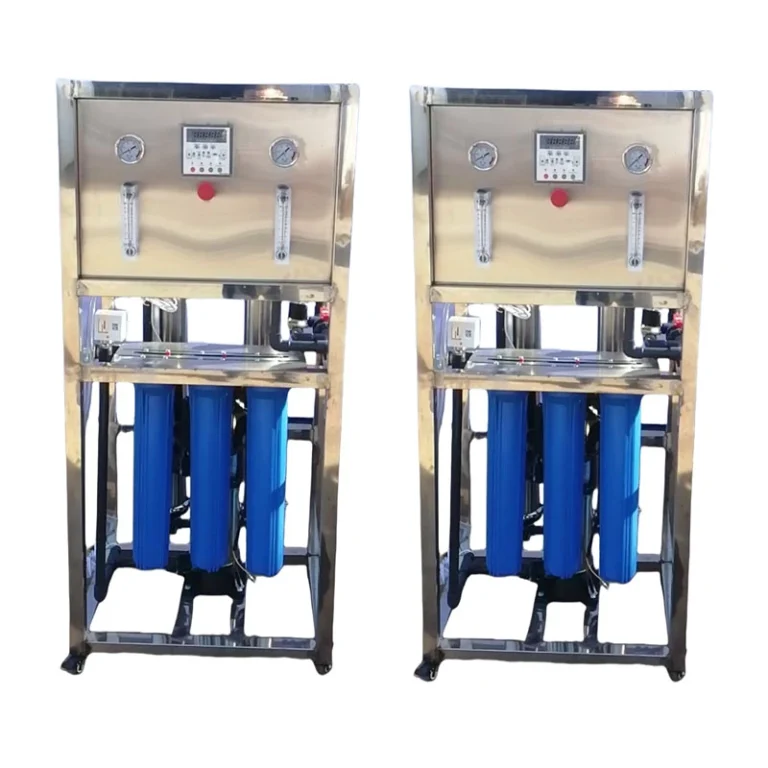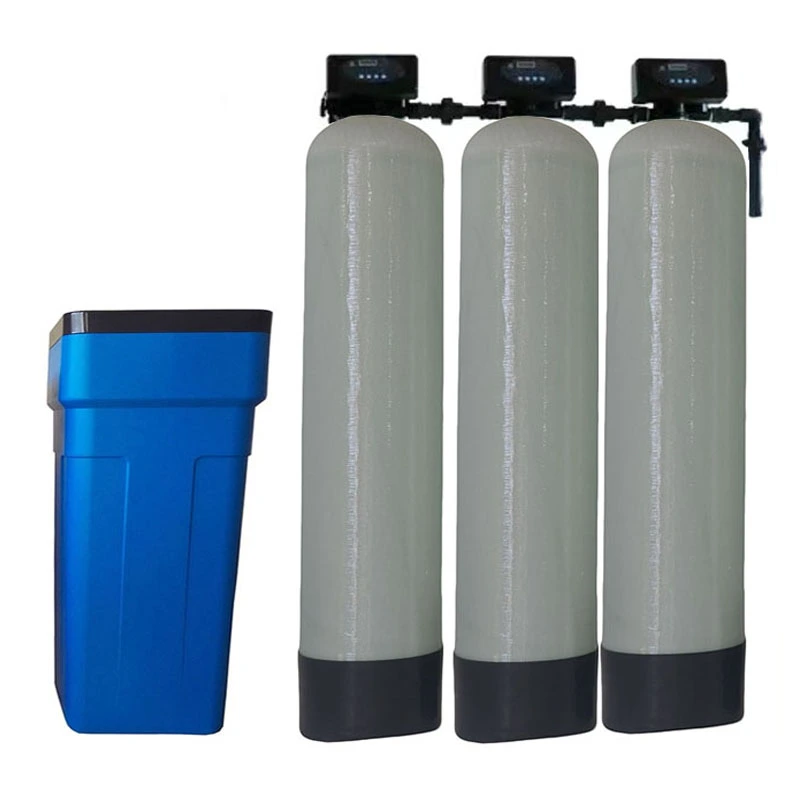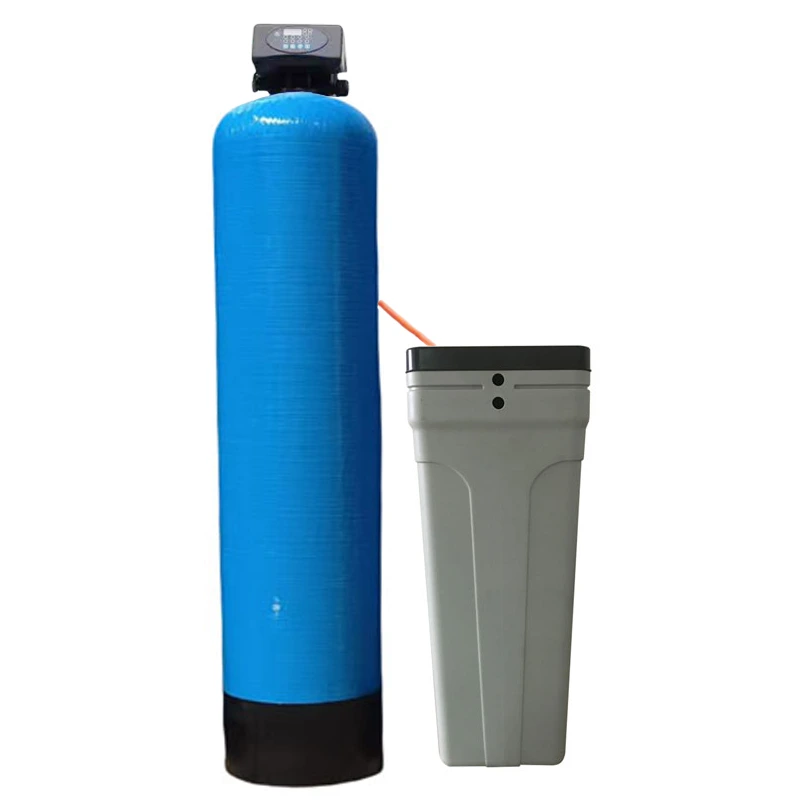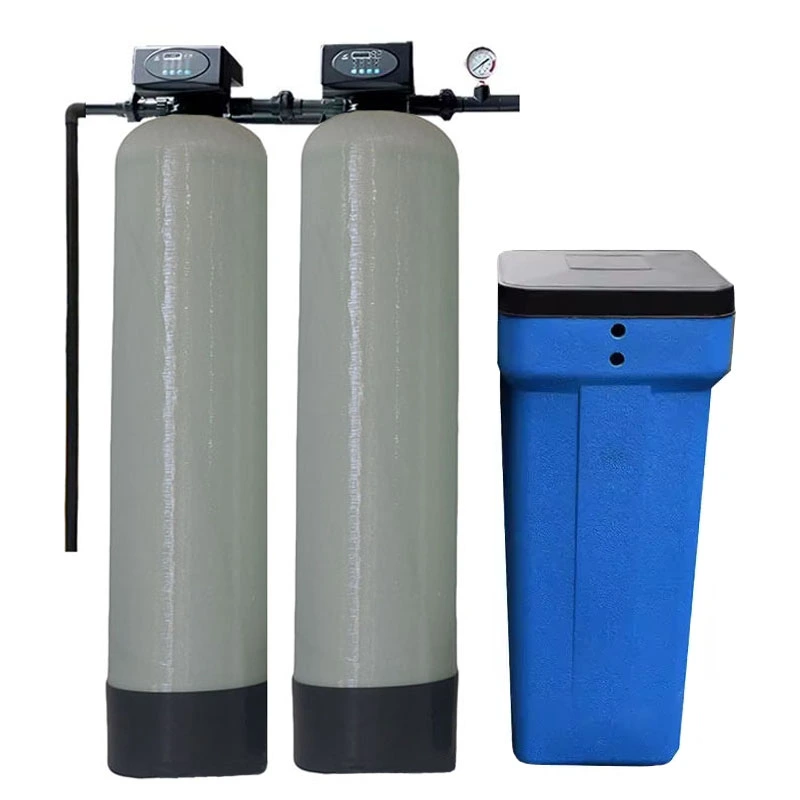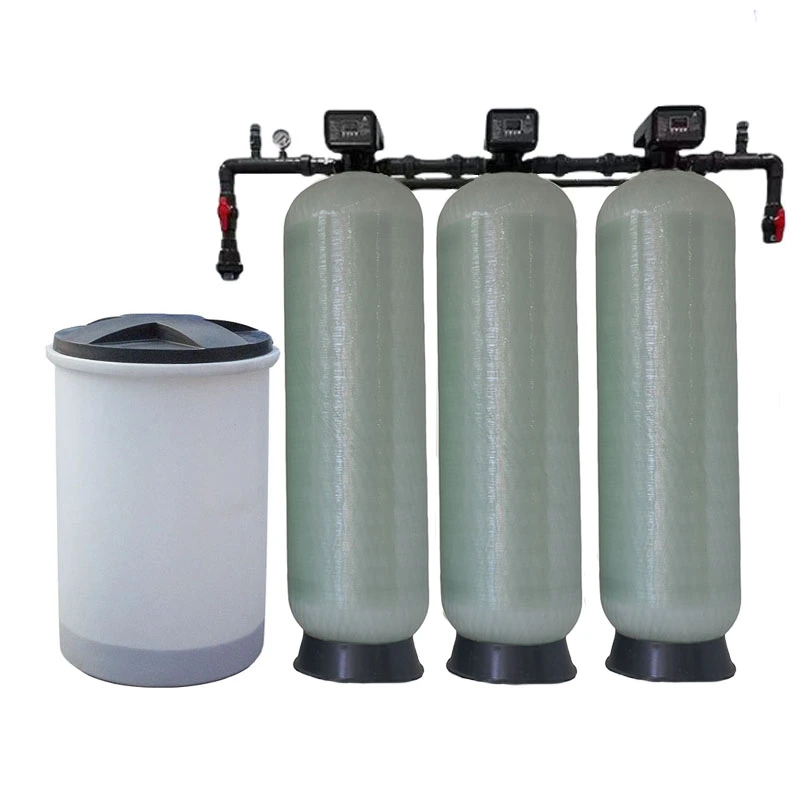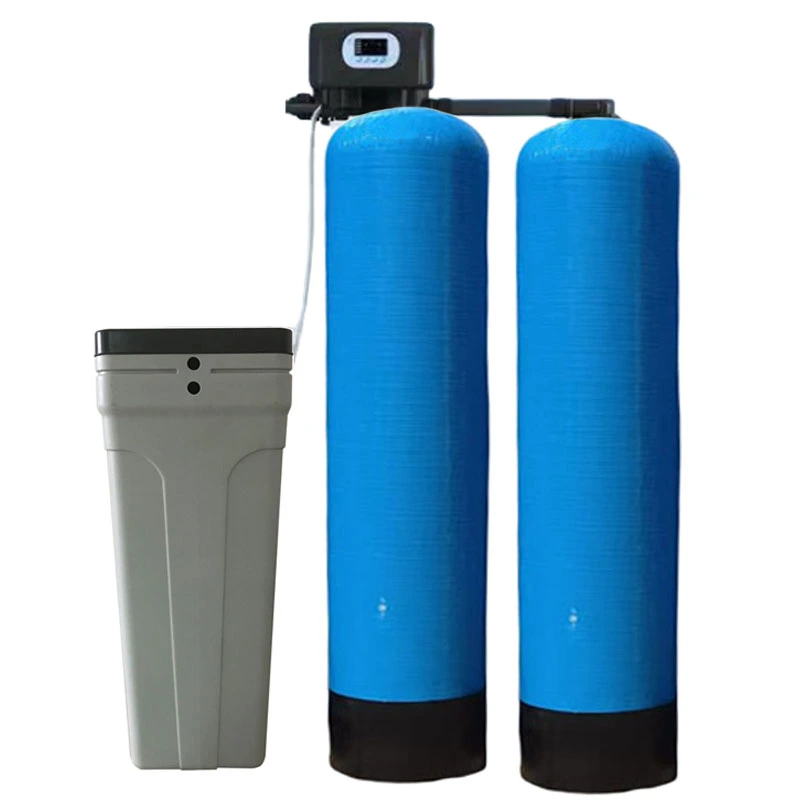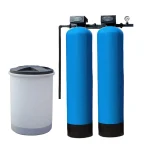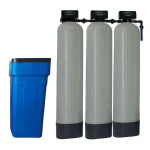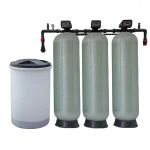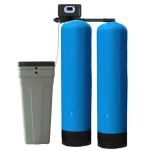BasideWT- Whole Home Water Filtration System & Replacement

Best Automatic Water Softener system home for Hard Water Purification & Treatment Solutions
PRODUCT PARAMETERS
- Product Name: water softening system
- Filter Cartridge: Cation Exchange Resin
- Function: Fully Automatic
- Type: Ion Exchange Resin Softener
- Application: Hotel, Commercial, Household
- Use:Effectively softens, reduces iron, manganese and ammonium from water
- Raw Water: Tap Water
- Packing: Standard Exportation Package
Did you know 85% of households deal with hard water?. If you’re tired of limescale clogging your pipes or dry skin after showers, a water softener system home solution might be your answer.
Why You Need a Home Water Softener System
Hard water contains excessive calcium/magnesium ions. Over time, this causes:
- Scale buildup in appliances (reducing lifespan by 30-50%)
- Soap scum on dishes and shower walls
- Higher energy bills (water heaters work 20% harder)
Interesting fact: A study by the Water Quality Association found softened water can save $800/year in plumbing repairs.
Water Softener System Home: How It Works
Types of Water Softening Technologies
- Salt-Based Ion Exchange
- Most common water softener system home option
- Replaces calcium/magnesium with sodium ions
- Salt-Free Conditioners
- Uses template-assisted crystallization (TAC)
- Doesn’t remove minerals but prevents scaling
Example: Our team tested a water softener system home in Arizona (2025) and found salt-based models reduced hardness by 99%, while salt-free units needed 40% less maintenance.
How to Choose the Best Water Softener System for Your Home
Not all water softeners are created equal. The right system for your home depends on factors like your water hardness level, household size, water usage, and budget. Here’s what to consider:
1. Water Hardness Level
First, test your water to determine its hardness. You can buy a home test kit (available at hardware stores) or hire a professional. Hardness is measured in grains per gallon (GPG) or milligrams per liter (mg/L). Most residential water softeners are rated by “grain capacity”—the amount of minerals they can remove before needing regeneration (the process of flushing out minerals and recharging the system).
For example, a 30,000-grain system can remove 30,000 grains of minerals before regenerating. A home with very hard water (10-15 GPG) and a family of 4 might need a 40,000-50,000 grain system to avoid frequent regeneration.
2. Household Size and Water Usage
A larger family uses more water, so you’ll need a system with a higher grain capacity and flow rate. A system with a low flow rate (less than 10 gallons per minute) might cause a drop in water pressure when multiple taps are open. For reference:
- 1-2 people: 20,000-30,000 grains
- 3-4 people: 30,000-50,000 grains
- 5+ people: 50,000+ grains
3. Regeneration Type
Water softeners regenerate to recharge their resin beads (which trap minerals). There are two main types:
- Time-initiated regeneration: Regenerates on a set schedule (e.g., every 3 days). This can waste water and salt if you use less water than expected.
- Demand-initiated regeneration: Regenerates only when needed, based on water usage. This is more efficient, saving water and salt. Most modern systems use this.
4. Smart Features
Many newer systems come with Wi-Fi connectivity, allowing you to monitor usage, check salt levels, and schedule regeneration via a smartphone app. This is especially useful for busy households or those who want to track efficiency.
5. Maintenance and Warranty
Look for systems with easy-to-replace parts, low-salt indicators, and self-cleaning filters. A good warranty (5+ years for valves, 10+ years for tanks) is a sign of quality.
6. Space and Installation
Measure the space where you plan to install the system (usually near the water heater or main water line). Compact models are ideal for small utility rooms, while larger systems may require more space.
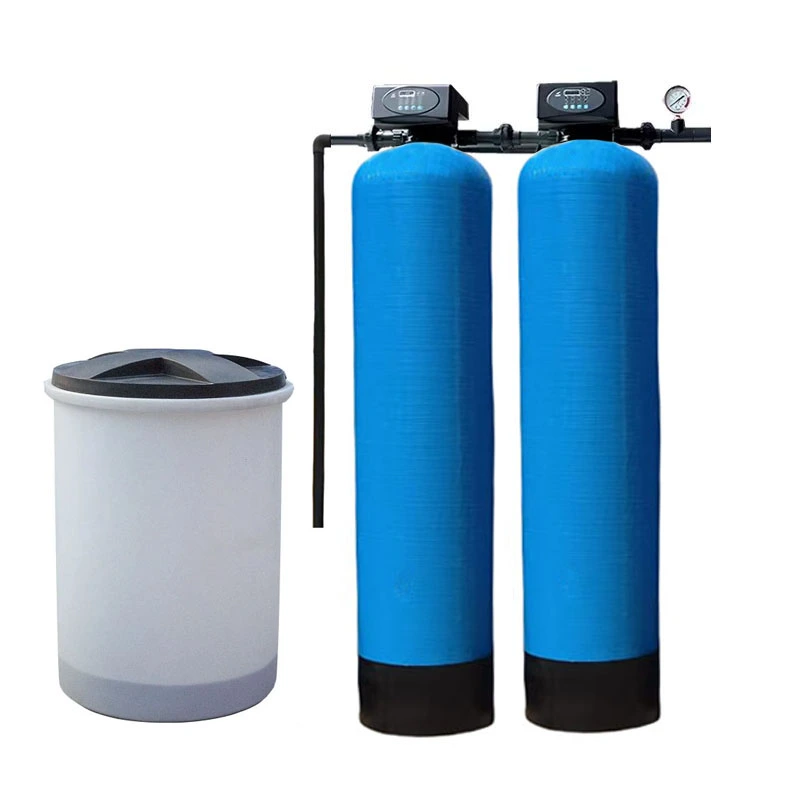
How to Install and Maintain Your Home Water Softener System
Installing a water softener isn’t rocket science, but it does require basic plumbing skills. Here’s a step-by-step guide:
Prepare the Installation Area
- Choose a location near the main water line (before appliances like water heaters).
- Ensure there’s a drain (for regeneration) and an electrical outlet (for digital systems).
- Leave 12-18 inches of space around the system for maintenance.
Shut Off Water and Drain Pipes
- Turn off the main water valve.
- Open all faucets to drain remaining water from the pipes.
Connect the System
- Cut the main water pipe and install the bypass valve (allows you to shut off the softener for maintenance without stopping water to the house).
- Connect the inlet/outlet hoses from the softener to the bypass valve. Use Teflon tape to seal connections.
Add Salt and Initialize
- Fill the brine tank with water softener salt (use solar or evaporated salt—avoid rock salt, which can clog).
- Plug in the system and follow the digital prompts to set hardness level, time, and regeneration preferences.
Test and Adjust
- Turn the water back on and check for leaks.
- Run a few gallons of water to flush the system.
- Test the water after 24 hours to ensure softening is working (use a test kit).
Common Mistakes to Avoid When Choosing a Water Softener System
⚠ Mistake 1: Buying a system with too low a grain capacity
A 20,000-grain system won’t work for a 4-person family with very hard water. It will regenerate too often, wasting salt and water. Always size up if you’re unsure.
⚠ Mistake 2: Ignoring flow rate
A system with a 5 GPM flow rate will struggle in a home with 2+ bathrooms. Showers and dishwashers running at the same time will cause pressure drops.
⚠ Mistake 3: Choosing time-based over demand-based regeneration
Time-based systems regenerate on a schedule, even if you’re on vacation. Demand-based systems save money in the long run.
⚠ Mistake 4: Skipping pre-filters in sediment-heavy areas
If your water has sand or silt, it will clog the resin. Add a pre-filter to protect your softener.
⚠ Mistake 5: Overlooking warranty details
Some warranties only cover parts, not labor. Choose systems with comprehensive coverage (parts + labor) for peace of mind.
FAQ: Your Questions About Home Water Softeners Answered
Q: Do I need a water softener if I have a water heater?
A: Yes. Hard water causes scale buildup in water heaters, reducing efficiency and lifespan. A softener can extend your water heater’s life by 5-10 years.
Q: Can I drink softened water?
A: Softened water has higher sodium levels (from the regeneration process). Most people don’t notice a difference, but if you’re on a low-sodium diet, install a separate drinking water filter.
Q: How long does a water softener last?
A: With proper maintenance, 10-15 years. Resin needs replacement every 10-15 years, but tanks and valves can last longer.
Q: Are salt-free softeners effective?
A: Salt-free systems (conditioners) prevent scale but don’t remove minerals. They’re better for mild hardness (under 5 GPG). For moderate to high hardness, stick with salt-based systems.
FAQs
Choosing the perfect water treatment system depends on your specific water quality, household size, and needs. We make it easy with our 3-step process:
Water quality testing – analyze your water for contaminants, hardness, and other factors.
Personalized Consultation – Our experts recommend systems based on your results, budget, and water usage.
Customized Solution – From whole-house filtration to targeted solutions (e.g., RO for drinking water, softeners for hard water), we tailor the system to your home.
To determine your water flow rate in gallons per minute (GPM), follow these simple steps:
Prepare for Testing:
- Prepare for Testing:
- Ensure all water fixtures in your home are turned off
- Select the faucet closest to your main water supply line (usually the kitchen sink or an outdoor spigot)
- Conduct the Test:
- Fully open the selected faucet
- Time how many seconds it takes to fill a 1-gallon container
- Repeat the test 2-3 times for accuracy
- Calculate Your Flow Rate:
Use this formula: Flow Rate (GPM) = 60 ÷ Fill Time (seconds)Example Calculation:- If your 1-gallon container fills in 15 seconds
- 60 ÷ 15 = 4 GPM
For more precise measurements or whole-home flow rate analysis, contact our water system specialists. We can help you determine if your current flow rate meets the requirements for any water treatment systems you’re considering.
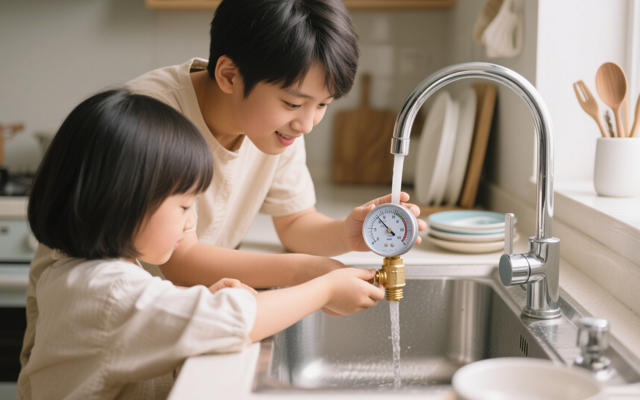
1. Check Multiple Fixtures
Test water pressure at different faucets, showers, and appliances (e.g., kitchen sink, bathroom sink, outdoor hose).
If only one fixture has low pressure, the problem is likely localized (clogged aerator, faulty valve, or pipe issue).
If all fixtures have low pressure, the issue is systemic (main supply, pressure regulator, or water heater).
2. Inspect the Aerator or Showerhead
Unscrew the faucet aerator or showerhead and check for mineral deposits, debris, or rust.
Soak it in vinegar overnight to dissolve buildup, then rinse and reattach.
3. Check the Main Shutoff Valve
Locate the main water shutoff valve (usually near the water meter or where the main line enters the house).
Ensure it’s fully open (turn clockwise to close, counterclockwise to open).
1. Activated Carbon Filters
- Removes:
✅ Chlorine & chloramines
✅ Bad tastes & odors (e.g., sulfur)
✅ Volatile Organic Compounds (VOCs)
✅ Some pesticides & herbicides
❌ Does not remove heavy metals, dissolved minerals, or microbes
2. Reverse Osmosis (RO) Systems
- Removes:
✅ Heavy metals (lead, arsenic, mercury, cadmium)
✅ Dissolved salts (fluoride, nitrates, sulfates)
✅ Microplastics & sediment
✅ Bacteria & viruses (if combined with UV)
✅ Chlorine & chemicals (with carbon pre-filter)
❌ May remove beneficial minerals (can be remineralized)
3. Water Softeners (Ion Exchange)
- Targets:
✅ Calcium & magnesium (hardness)
✅ Low levels of iron & manganese
❌ Does not remove bacteria, chlorine, or heavy metals
4. UV Purifiers
- Kills:
✅ Bacteria (E. coli, coliform)
✅ Viruses (rotavirus, hepatitis)
✅ Protozoa (Giardia, Cryptosporidium)
❌ Does not remove chemicals, metals, or sediment
5. Sediment Filters
- Removes:
✅ Sand, rust, dirt
✅ Large particles & silt
❌ Does not remove dissolved contaminants
6. Whole-House Filtration Systems
Combines multiple methods (carbon + sediment + UV) for broad protection.
- UV: Kills bacteria/viruses but doesn’t remove chemicals or particles.
- RO (Reverse Osmosis): Removes 95–99% of contaminants (heavy metals, dissolved salts) but requires electricity.
- Activated Carbon: Absorbs chlorine, odors, and organic compounds—ideal for pre-filtration.
REQUEST A QUOTE
RELATED PRODUCTS
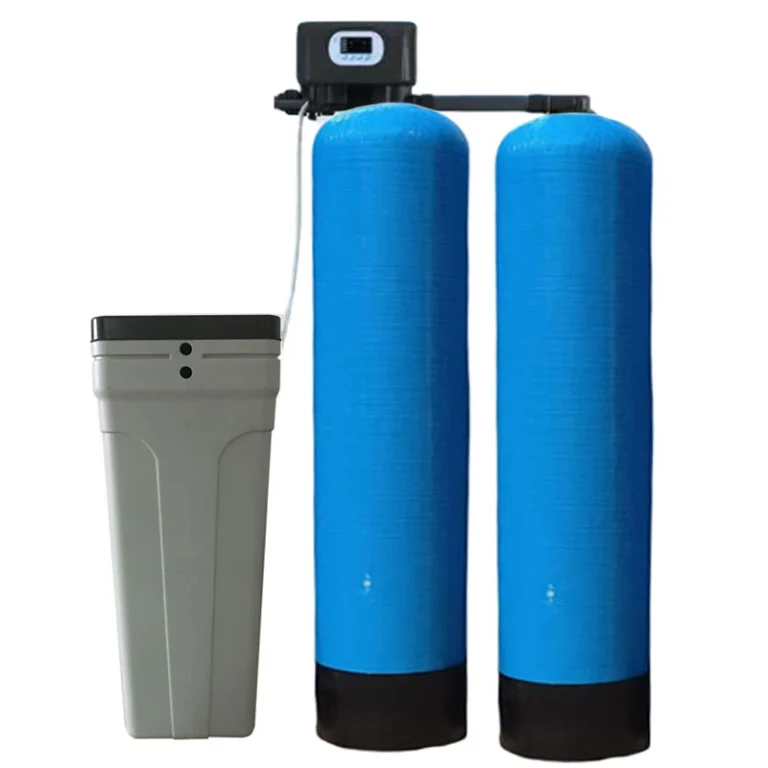
Dual-Tank Continuous Water Softening System: The Ultimate Iron Filter Solution for Well Water

Best 6 stage Under-sink RO Purifier UV Sterilization Home Reverse Osmosis Drinking Water Filter System
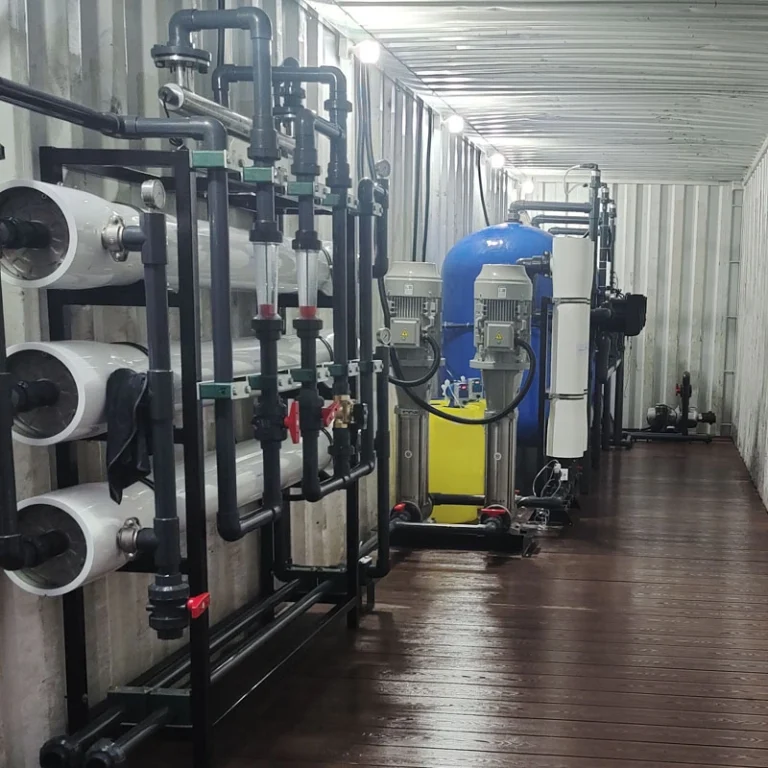
BasideWT Water Softener and Reverse Osmosis System For Commercial Water Treatment

Factory Price Drinking Water Treatment System 1000lph Commercial RO Water Filter System

250L/Hr Marine Water Maker for Boats | Portable Reverse Osmosis Seawater Desalinator System
